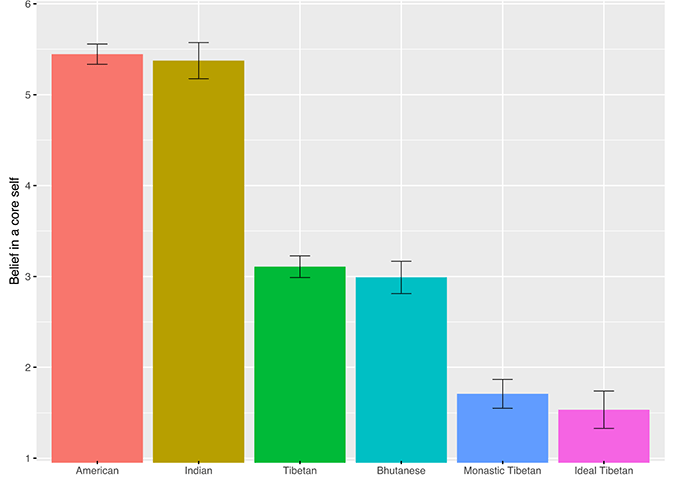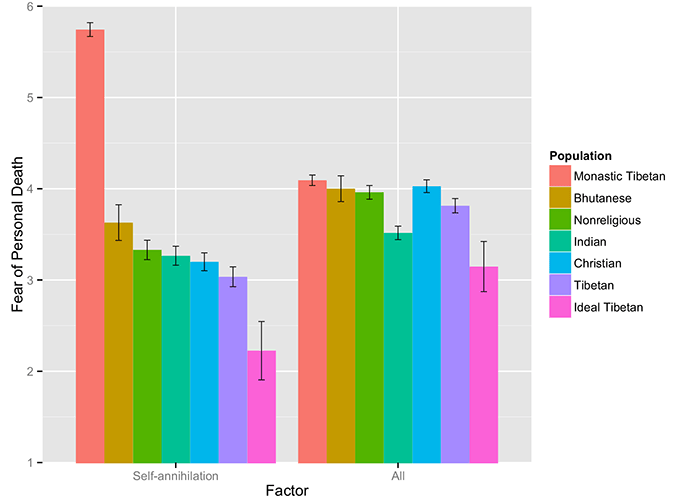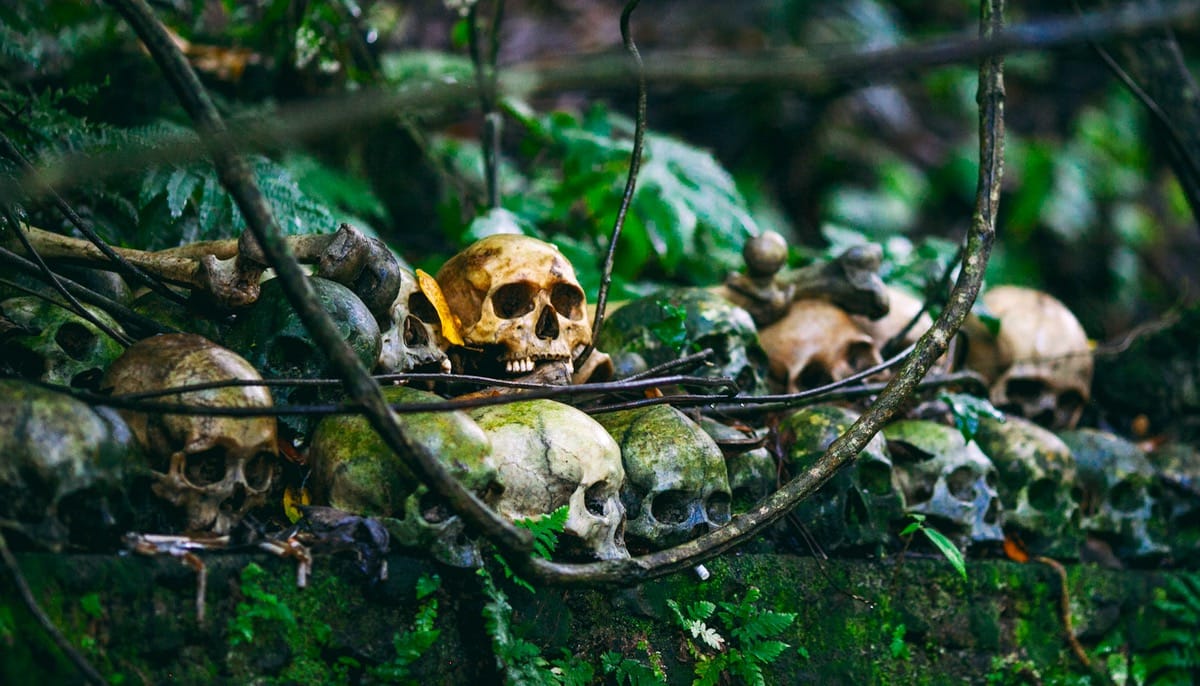The 2010 U.S. Religious Census: Religious Congregations & Membership Study, conducted by the Association of Statisticians of American Religious Bodies, found that San Jose, where 1.25 percent of the population reports belonging to a Buddhist congregation, is the most Buddhist city in the U.S.
Rounding out the top 10 are several other Western cities, including San Francisco, Los Angeles, Seattle and Denver. Just one Midwestern (Oklahoma City, coming in seventh) and one East Coast city (Raleigh, North Carolina, at number 10) made the top 10 list.
Los Angeles, meanwhile, has the largest number of Buddhists, with 117,000 in the metro area. And out of cities where the survey found any Buddhist population at all, Birmingham, Alabama has the smallest, with just 64 Buddhists. The Huffington Post has the full list of cities, and you’ll find the complete U.S. Religion Census report here.
In total, the survey found just under a million Buddhists in the U.S., belonging to 2,854 different congregations. The survey only counts congregations, meaning that unaffiliated Buddhists aren’t included. A Pew Forum study released earlier this year estimated that there are between three and four million Buddhists in the country.
On January 22, the journal Cognitive Science published a paper comparing attitudes toward self and the fear of death between different groups. Participants in the studies included non-religious Westerners, Hindus, Christians, lay Tibetans, lay Bhutanese, and Tibetan Buddhist monastics.
Academics from several universities—including the Harvard Divinity School and the Central University for Tibetan Studies—created a series of studies that examine how different cultural views of self might influence one’s fear of death.
To our surprise… monastic Tibetan Buddhists showed significantly greater fear of death than any other group.
In the Christian tradition, the soul is independent of the body and exists in a disembodied state in the afterlife. In the Hindu tradition, the soul persists from one physical body to another throughout reincarnation. In the Buddhist tradition, there is no self that exists independently of the body or the mind.
Because of this, researchers speculated that Tibetan monastics would be less inclined to fear death. According to Buddhist teachings, understanding the concept of no-self can be an antidote to egocentricity and fear of death.
“Once we recognize that there is no self that persists across the lifespan, fear of death should be alleviated, since its very foundation has been undermined,” reads the introduction to the paper, which is titled “Death and the Self.”
But this was not the case for Tibetan monastic participants.
“To our surprise,” wrote the authors, “monastic Tibetan Buddhists showed significantly greater fear of death than any other group.”

Participants were told to complete a scale that assesses their fear of death, and results showed that Tibetan monastics significantly feared death more than any other group. They also had no less belief in an afterlife than other religious participants.
This was despite the fact that, as predicted, results showed Tibetan monastics had a lower connection to self than the other groups.
Participants were also asked if they would trade months of their own life to increase another person’s life. Responses suggested that Tibetan monastics were more “egocentric” than others. The majority (72 per cent) would not give away six months of their life, even if it prolonged the other person’s life by five years or more.
Researchers acknowledged several limitations in the study, including that the study only focused on monastics from a single Buddhist tradition. They said it was unclear if the phenomenon is specific to the chosen community, the school of Tibetan Buddhism, or the Buddhist doctrine as a whole.

Researchers also acknowledged that—as Buddhists themselves have recognized in the past—the sense of identity across a biological lifespan is very strong. They speculate that perhaps the fear of death too instinctual to be tamed, even by the philosophical belief that there is no persistent self.
The paper’s authors are Shaun Nichols, from the University of Arizona Department of Philosophy; Nina Strohminger, from the University of Pennsylvania’s Department of Legal Studies and Business Ethics; Arun Rai, from the Central University of Tibetan Studies; and Jay Garfield, from the Smith College Department of Philosophy.
What do you think: do you find it surprising that Buddhist monks and nuns would appear to be more scared of death than others? How do you think the results could be explained? Let us know on Facebook and Twitter.

